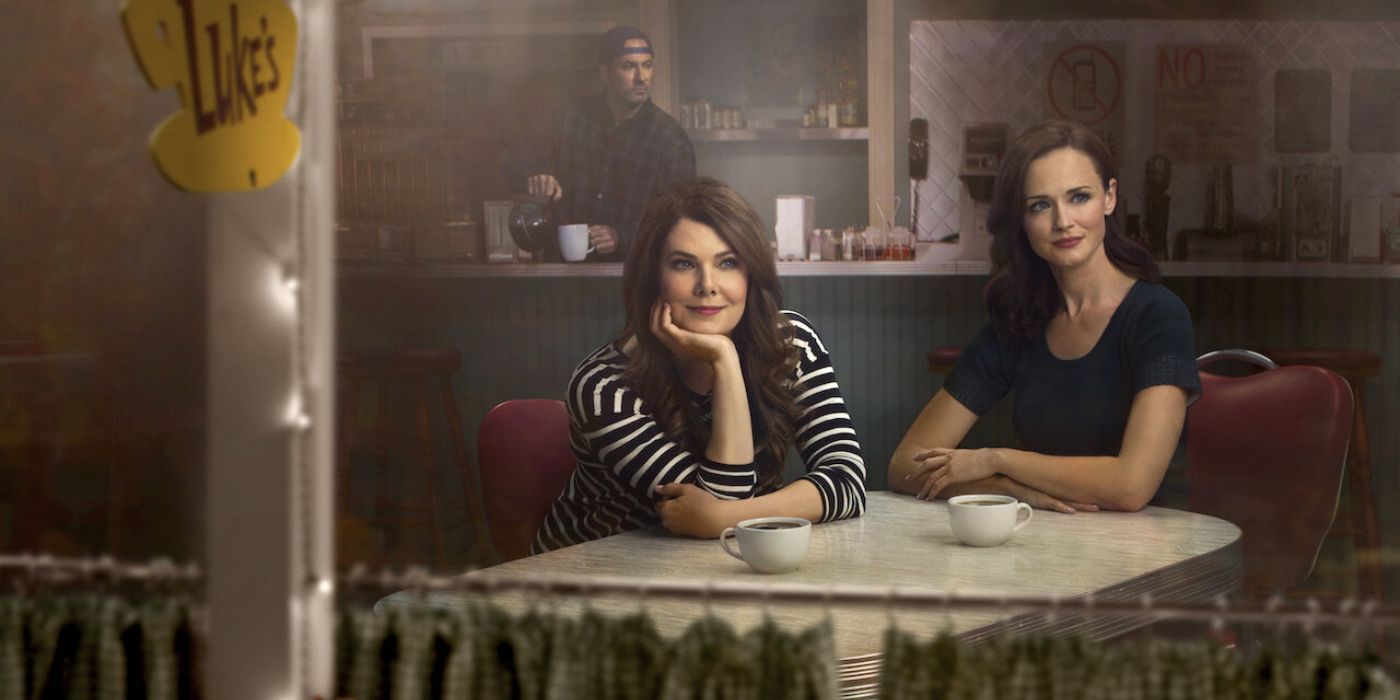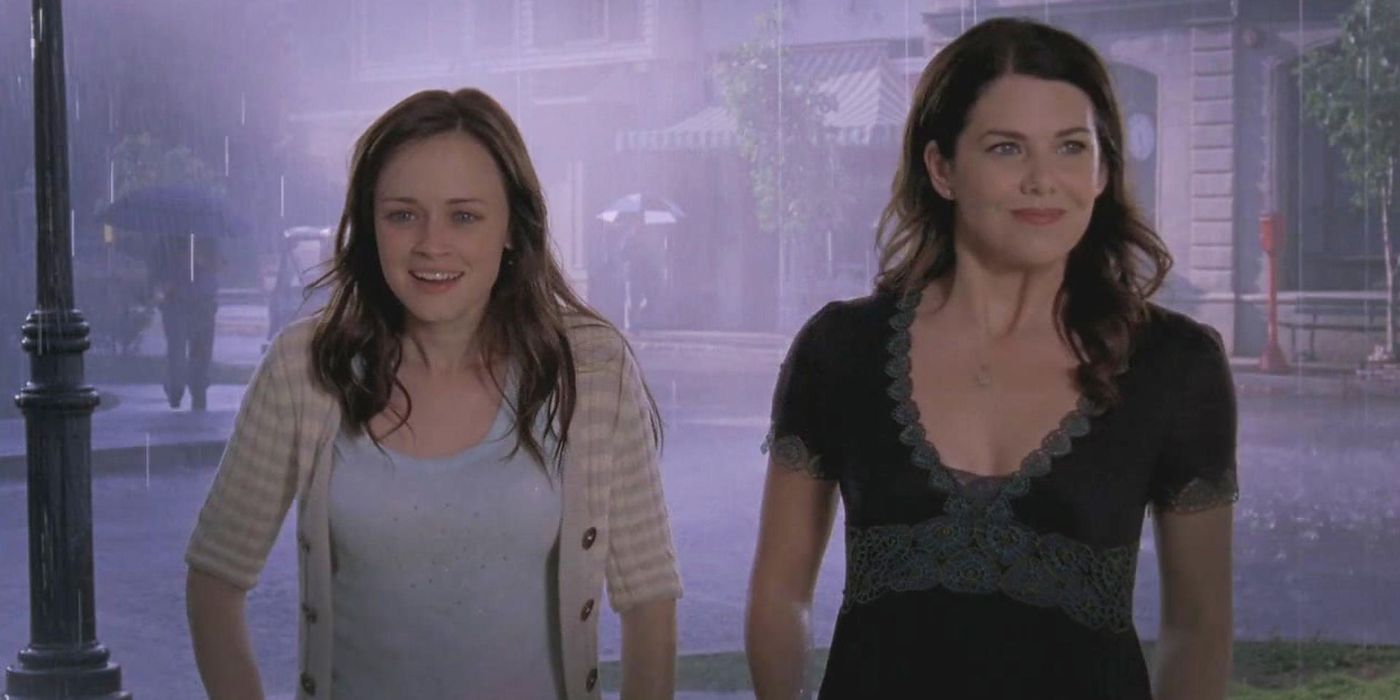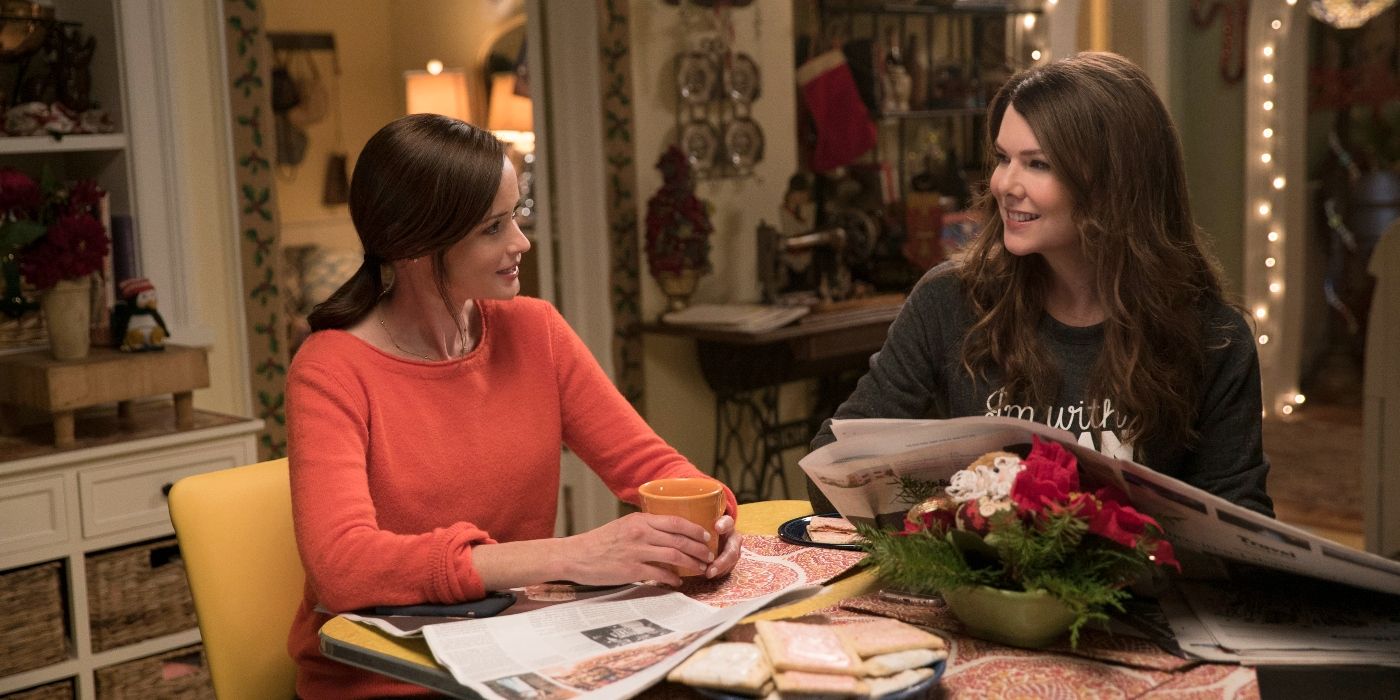The Big Picture
- Gilmore Girls: A Year in the Life fails to rectify its past wrongs, perpetuating offensive behaviors and offensive tropes from the original show.
- The show showcases body-shaming through hurtful comments about weight, perpetuating harmful stereotypes.
- Gilmore Girls: A Year in the Life lacks diversity and representation, with a predominantly white cast and few characters of color, also portraying almost exclusively straight characters.
Anyone who’s watched TV’s favorite mother-daughter love story, Gilmore Girls, has to admit that they’ve dreamed about living in Stars Hollow at least once. The fictional blink-and-you’ll-miss-it Connecticut town is home to a whole slew of quirky characters and one picturesque gazebo that made us all envy the quaint life within the tight-knit community. However, despite the small-town charm and hilarity that Gilmore Girls showed off in spades, the show is far from perfect. The beloved cult classic is undeniably a product of its time, riddled with thin white people, homophobic comments, and just a general lack of awareness for any perspective other than that of its main characters. When it was announced that the show would be getting a much-anticipated revival in 2016 called Gilmore Girls: A Year in the Life, it was thrilling to think that we would once again be reunited with the characters we love, and that our fictional friends would be brought out of the past and welcomed into a new, more inclusive era. So how did Gilmore Girls: A Year in the Life manage to be even more offensive than the original show?
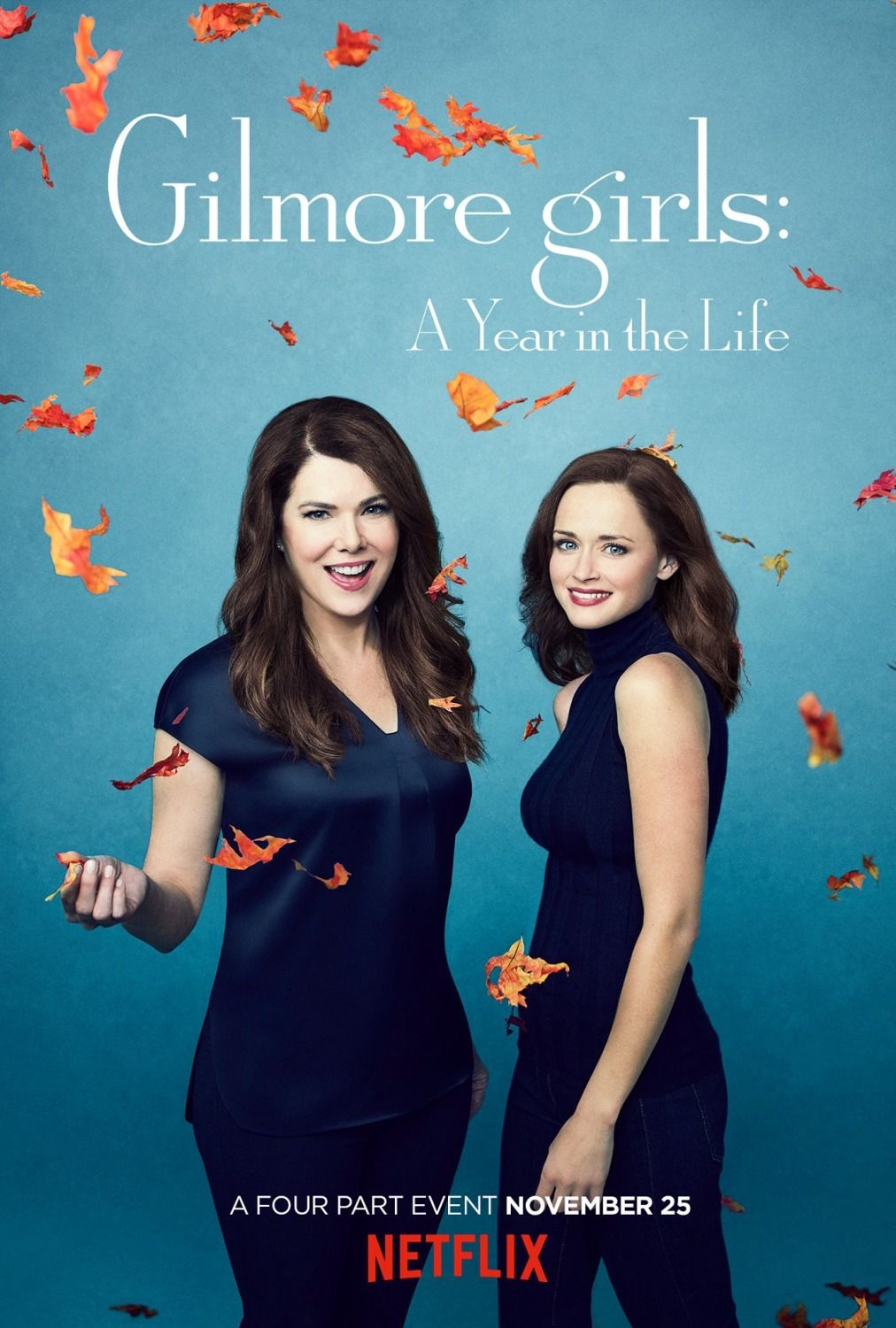
Gilmore Girls: A Year in the Life
Set nearly a decade after the finale of the original series, this revival follows Lorelai, Rory and Emily Gilmore through four seasons of change.
- Release Date
- November 25, 2016
- Cast
- Lauren Graham , Alexis Bledel , Scott Patterson , Kelly Bishop
- Main Genre
- Drama
- Seasons
- 1
‘Gilmore Girls’ Is a Product of Its Time
Now, before we start, I am something of a Gilmore Girls apologist. These two passionate, privileged, at times impossible women guided me through my teen years, and while I didn’t always agree with all of their actions, I thought that showing how they were less than perfect often made for more realistic and interesting characters. However, even as a die-hard fan, it was always uncomfortable to see how Lorelai (Lauren Graham) and Rory (Alexis Bledel) could fire off a hateful comment as flippantly and easily as they could a charming witticism. As has become increasingly apparent in recent years, TV shows in the early 2000s had greatly different standards of what is okay and not okay. While it’s fruitless to fault every show that fell into the trap of offensive norms, it becomes inexcusable when a show gets a second chance ten years later and doesn’t even bother trying to right its past wrongs.
'Gilmore Girls: A Year in the Life' Reinforces the Show's Body-Shaming in Its "Summer" Episode
Before we delve into all the missteps made in A Year in the Life, let’s go back to Stars Hollow circa the early aughts. Something that ran particularly rampant during this era (and that we’re still struggling to shake now) is the alarming amount of body-shaming. We all remember Monica’s infamous fatsuit on Friends, and how cosplaying as an obese person for laughs aged about as well as the show’s countless homophobic jokes. While Gilmore Girls avoided stuffing its slim starlets in fake flesh, they made up for it by making plenty of comments to the same offensive effect.
The original Gilmore Girls’ most egregious moment of body-shaming is undoubtedly in the Season 4 episode, appropriately named “Die, Jerk.” The episode revolves around Rory writing a scathing review of a ballet performance for the Yale Daily News, wherein she is more concerned with the ballerina’s figure than the caliber of the ballet itself (though she was sure to mention that the dancer carried herself with “the grace of a drunken dockworker”). Noting the girl’s resemblance to a hippo and making sure to point out the “roll of fat around the bra strap” (I know), Rory really managed to outdo herself in terms of being a superficial, well, jerk.
Her mother was just as culpable, with Lorelai having a whole bit later in the show when she comes home from a shopping trip with another woman’s bag. She rummages around and pulls out a pair of underwear that is clearly too large for her, then prattles on about how much she pities both the underwear’s rightful owner, and the underwear itself for having to be worn by such a woman. The whole bit is unfunny, lazy, and just plain gross, and shows the idea of “like mother, like daughter” in the most disappointing way. Furthermore, one of the show’s main motifs is the girls’ ability to eat as much junk food as they want, and we know that if the two leads weren’t thin, this habit would be framed as irresponsible and gluttonous rather than quirky and adorable.
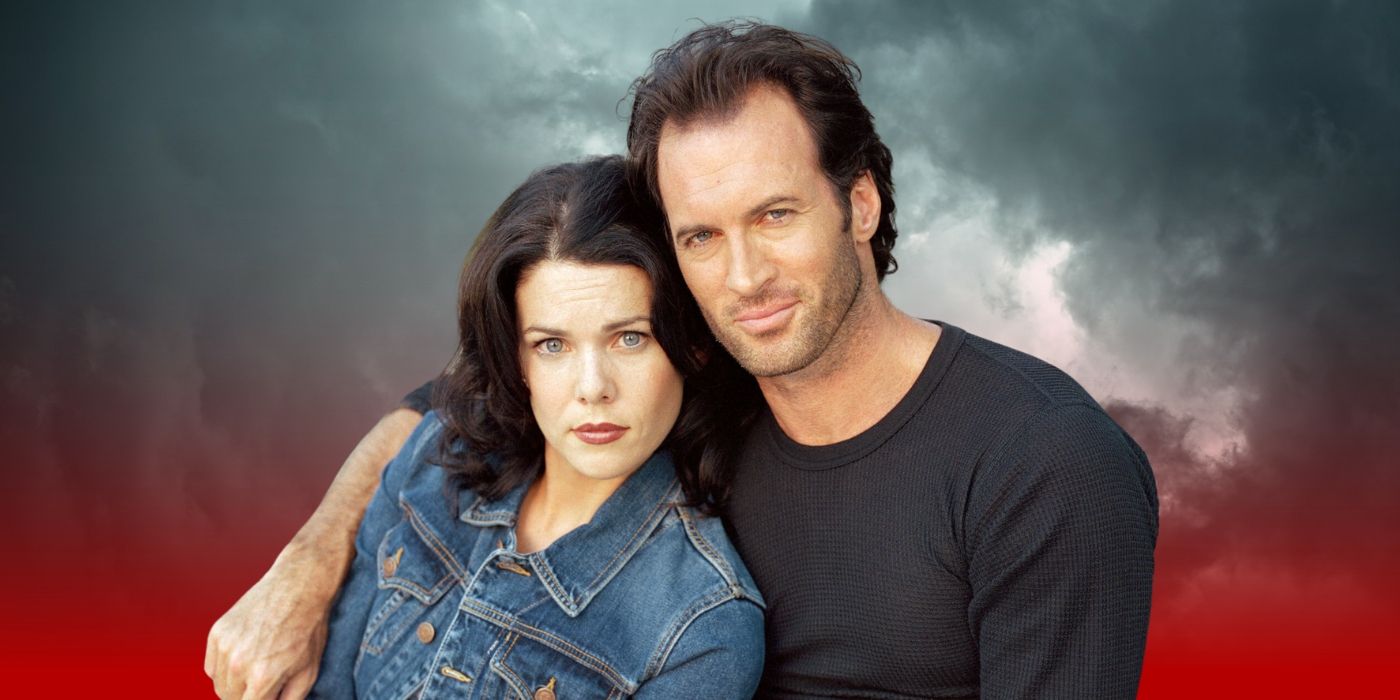
The ‘Gilmore Girls’ Storyline That Was Doomed From the Start
We didn’t follow where the show led during this storyline.Jump to Gilmore Girls: A Year in the Life Episode 3, and a now older, but obviously not wiser, Lorelai and Rory sit by the community pool (who knew Stars Hollow even had one of those?) and shamelessly berate anybody who walks by and has a body they don’t like looking at. The scenes — yes, scenes plural — find the girls exclaiming, “Belly alert!” and literally averting their eyes anytime the pool patrons they’ve lovingly dubbed “Butter Butt” and “Back Fat Pat” walk by. When a thin woman walks past them wearing a revealing bikini, this is apparently just as upsetting, with them saying she might as well be naked. All of these characters are also only shown from the neck down, making the whole thing even more dehumanizing and leaving you to wonder how anybody on that set thought that this was a good idea. Meanwhile, Rory is inexplicably sitting poolside in a pair of jean capris while also complaining about the heat, so the fact that she’s shaming anybody for their summer attire makes you want to punch her in the face.
'Gilmore Girls' and Its Revival Have a Serious Problem With Diversity
Unfortunately, Gilmore Girls' issues with representation went way beyond its preference for thin people. Throughout the show’s seven-season run, there were only two main characters of color. Michel (Yanic Truesdale) the sassy concierge is the only Black main character on the show, which is pretty astonishing given the show’s unusually massive ensemble cast. Closet-Metal-Head Lane (Keiko Agena) and her mother, Mrs. Kim (Emily Kuroda), are Korean, but much of Lane’s characterization revolves around her trying to distance herself from her Korean heritage. While trying to reconcile her mother's cultural beliefs with her own American identity is a major part of Lane's story, it's concerning that one of Gilmore Girls’ only main characters of color is consistently made to put herself down because of it. Rory momentarily had a Black friend at Yale who never had a name and then vanished, and then Rory later befriended Olivia (Michelle Ongkingco) at an art show, who was of unspecified Asian descent but was only there for seven episodes. Meanwhile, white actress Krysten Ritter, who was introduced at the same time as Olivia, was given more screen time via a deeper storyline with Rory, as the two got caught in a bizarre, blast-from-the-past love triangle.
Many viewers can dismiss this lack of diversity with the excuse that small towns like Stars Hollow aren’t always super diverse. Fine, but what about when A Year in the Life took Rory and Lorelai all around the globe (or at least around the globe-ish)? Rory travels to London for work, and then to New York with Lorelai, and then Lorelai goes to California. Rory meets multiple writers, Lorelai gets a new therapist and meets several park rangers, and Stars Hollow puts on the bizarre “Stars Hollow: The Musical” (don’t even get me started), which brings in a whole cast of performers. All of these new, fairly prominent characters are white. However, two of the women whom Lorelai “does Wild” with are women of color, and there is one Black ensemble performer in “Stars Hollow: The Musical” in a cast of seven. So, hooray for progress, I guess?
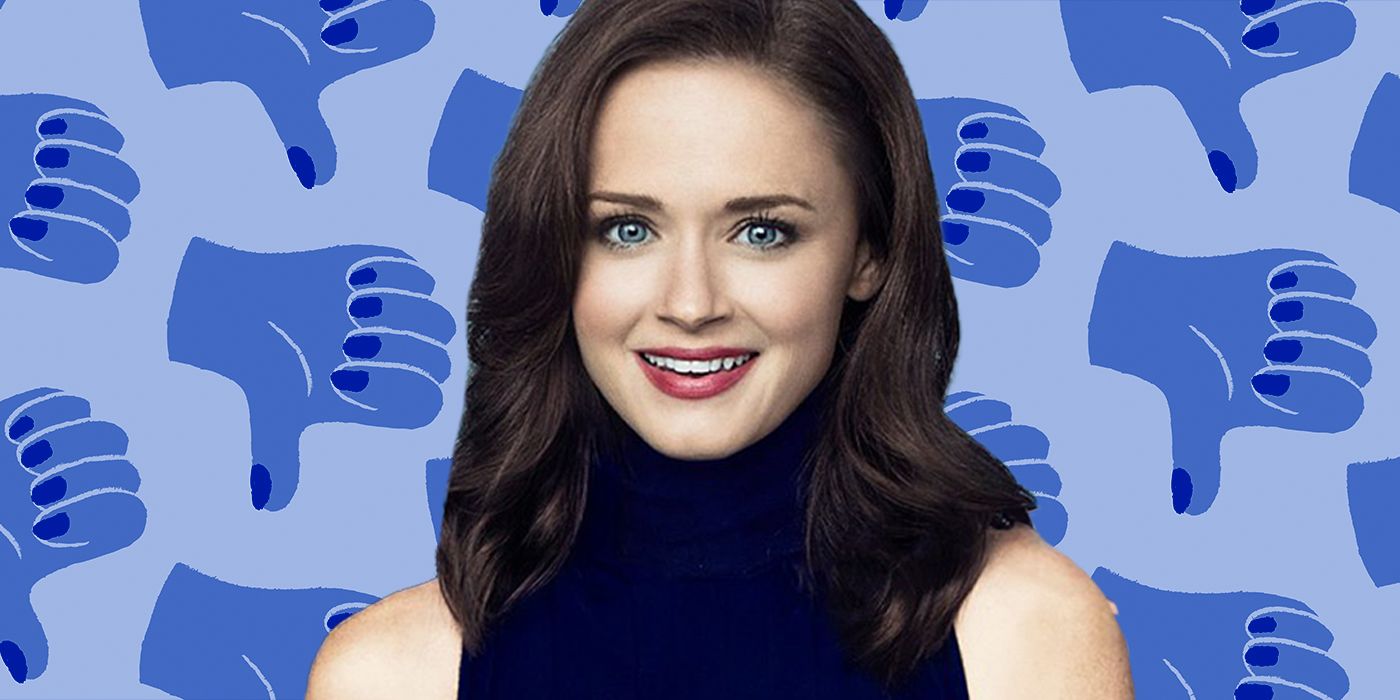
Rory’s Baby Daddy Reveal Actually Makes the ‘Gilmore Girls’ Revival Worse
This relationship was not the one we were rooting for.One of the only new characters introduced in Gilmore Girls: A Year in the Life who is a person of color is played by Rose Abdoo, who played the grumpy mechanic, Gypsy, in the original Gilmore Girls. While she reprised her role in the revival, she was also double-cast as Berta, Emily’s (Kelly Bishop) new maid who speaks an odd, Spanish-adjacent gibberish that nobody outside of her family can decipher. Not only is this caricature super bizarre and pretty offensive, but the double-casting also meant that they could avoid casting another woman of color in the role of Berta. Handy!
Similarly to how Gilmore Girls’ default ethnicity was white, it was abundantly obvious that their default sexuality was straight. Whether it was from Lorelai’s countless off-color jokes that she dubbed “lesbian hilarity,” or Luke’s degrading comments when Kirk (Sean Gunn) brought a purse-like bag into the diner, it’s pretty clear that Stars Hollow was operating under a “don’t ask, don’t tell” policy. In A Year in the Life, it’s revealed that Michel now has a husband, which is great, but the show still left a lot to be desired in terms of representation of all forms.
Rory and Lorelai Are Selfish and Entitled in 'Gilmore Girls: A Year in the Life'
Finally, just as Gilmore Girls: A Year in the Life failed to let Stars Hollow grow and become a more diverse and accepting place, it also failed its two lead characters. When we left Rory and Lorelai in Gilmore Girls’ original finale, they obviously still had a lot of growing up to do, but Rory was on her way to becoming a promising political journalist, and Lorelai seemed to be cementing positive, lasting relationships with both Luke (Scott Patterson) and her parents. Although they weren’t perfect, they had gone through tons of ups and downs and made it out the other side with new perspectives and seemingly thicker skins. Cut to A Year in the Life, and Rory, now a full-fledged adult, has devolved into a spoiled, directionless brat, leading on a well-meaning boyfriend and having an affair with college sweetheart Logan (Matt Czuchry). You don’t have to have your entire life figured out in your thirties, but why is Rory hell-bent on dragging everybody down with her and taking zero responsibility for her actions?
Similarly, Lorelai and Luke are still together but have never married, which is totally fine, but marrying Luke was something that Lorelai had been wanting for years, and now they’ve had ten years of common-law bliss but never tied the knot. More upsetting, however, is how Lorelai treats her recently departed father, Richard, who was killed off after the real-life death of actor Edward Hermann. Lorelai and Richard shared many sweet moments during Gilmore Girls, from him letting her sneak out of her old bedroom window on a blind date gone bad, or telling her how remarkable she is in the series finale, and the growth of their relationship was one of the most subtle but heartwarming parts of the show. However, at his funeral, Lorelai, who is apparently totally sloshed but still sober enough to tell a plucky anecdote, tells a story about how Richard left her hiding in a steamer trunk as a little girl and then left on a trip abroad. This devastates her mother, and in one fell swoop, twenty years of growth is swept away in order to create more tension between Emily and Lorelai, and it feels like a disservice to both Lorelai and Richard’s characters.
At the end of the day, it’s hard to accept that our favorite shows might be far from perfect. For me, at least, Gilmore Girls is one of them. However, it’s also important to consume media with a grain of salt and accept that enjoying a show does not mean that we endorse everything in it. A character’s morals may not always align with our morals, and it would be difficult to find a piece of media that does not in some way neglect the point of view of a particular group. However, when the characters demonstrating hateful behaviors are considered charming and hilarious for doing so, it sets a dangerous precedent that being a bigot isn’t only okay, but encouraged. While many of these things were unfortunately commonplace in media twenty years ago, Gilmore Girls: A Year in the Life had no such excuse for perpetuating the offensive tropes used so liberally in the show’s original run. After all this time, it’s a shame that Gilmore Girls was given a great opportunity to modernize itself and learn from its mistakes, and it somehow managed to make itself worse.
Gilmore Girls: A Year in the Life is available to stream on Netflix in the U.S.

